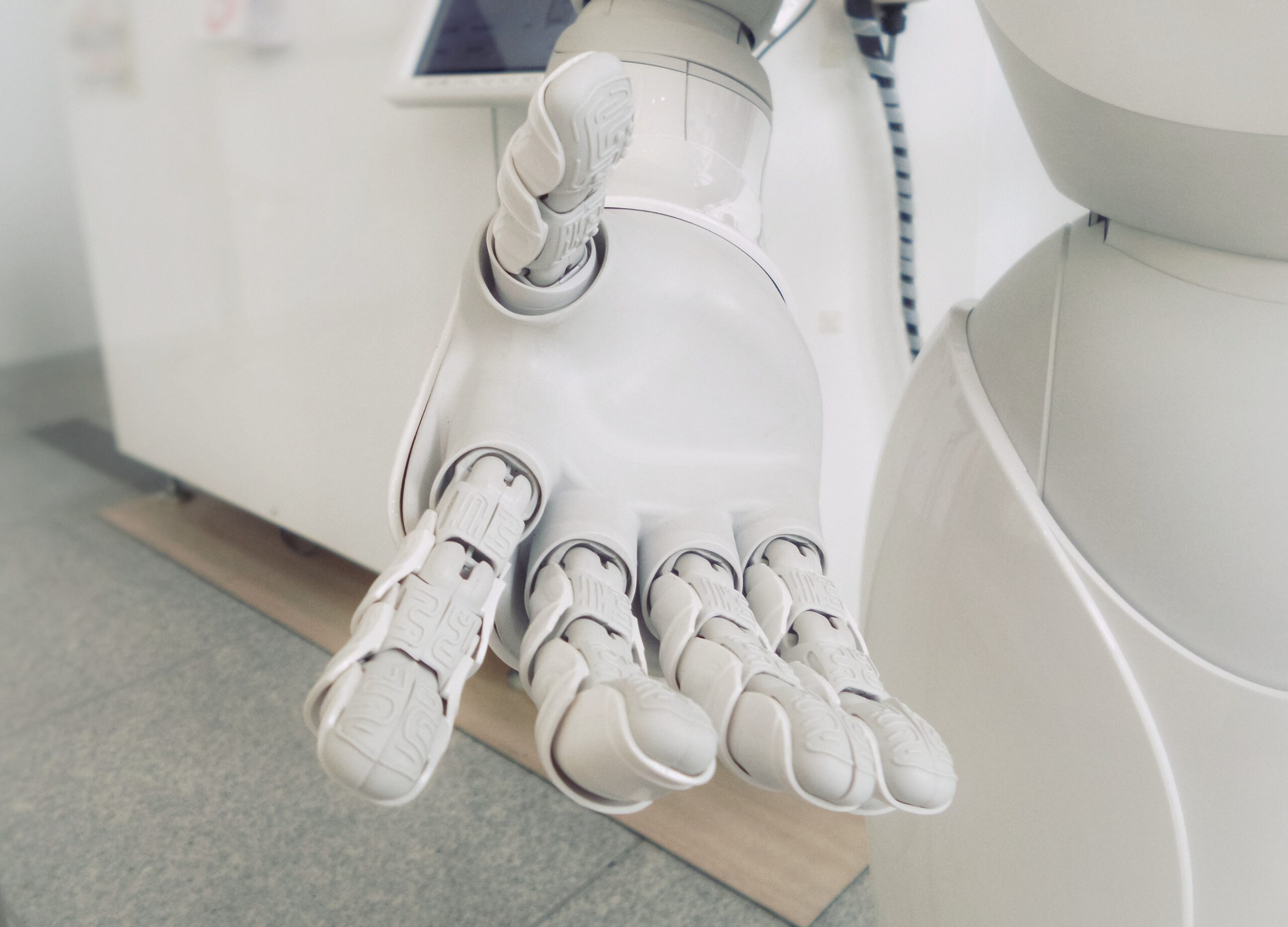The field of longevity medicine is reinvigorating. Until recently, the initiative of slowing and reversing ageing was not considered ‘proper science’ or a reasonable use of public funds.
Ageing was regarded as an unavoidable and permanent component of the human condition. It was not a disease but rather a susceptibility to disease that develops over time and cannot be reversed. The medical establishment viewed people who argued against it as entertaining mavericks at best and disreputable charlatans at worst.
The sneering has not gone away entirely, but there is now a significant investment in addressing ageing, rather than just the diseases that emerge with age, such as cancer, heart attacks, and Alzheimer’s.
Funding and approval are in place for the TAME (Targeting Aging With Metformin) project, showing that the medical profession is engaging in tackling the ageing process.
Billionaire cryptocurrency community members are emerging as the most prominent anti-ageing promoters, such as Richard Heart. The interest from influential figures could lead to sizable donations in the field and lead the fight against ageing.
Artificial Intelligence Addresses Longevity
Applying modern artificial intelligence techniques to healthcare, particularly deep neural nets and reinforcement learning, is one reason for the shift in attitudes toward ageing. Neural networks are data-processing algorithms that work in layers, with each layer taking data from the previous layer as input and passing an output up to the next layer.
The outcomes do not have to be binary, but they can be weighted. Reinforcement learning algorithms adapt their approach in response to feedback from their surroundings.
A significant contribution of AI towards anti-ageing is something known as ageing clocks.
Age is much more than how many birthdays you’ve had. Stress, sleep, and diet all have an impact on how our organs deal with the wear and tear of daily life, which may cause you to age faster or slower than people born on the same day. That means your biological age may differ significantly from your chronological age—the number of years you’ve lived.
Your biological age is more likely to reflect your physical health and even mortality than your chronological age. However, calculating it is far from simple. Scientists have spent the last decade developing ageing clocks, which analyse markers in your body to determine your biological age.
The basic idea behind ageing clocks is that they will tell you how much your organs have degraded and, thus, how many healthy years you have left. The accuracy of hundreds of ageing clocks developed in the last decade, on the other hand, varies greatly. And scientists are still debating an important question: What does it mean to be biologically young?
When an AI is trained to predict age using specific types of biological data, it learns biology. The hope is that these AIs will eventually help us understand how ageing works.
How Does AI in Ageing Work?
AI will analyse the vast amounts of health data we collect, including time series (longitudinal) data and comparative data across social and national groups. The patterns it uncovers in the data will lead to the generation of hypotheses to test. The ageing clocks will reveal treatments’ effectiveness – or lack thereof.
AI can identify trends and determine casualties by analysing patterns in medical data, images, and other sources.
AI algorithms analysed daily photographs of mice in a project to extract potential ageing markers and develop lifespan control solutions. The same learning process for visual biomarkers can then be applied to other species, including humans.
In addition to image analysis algorithms, AI can detect recurring patterns in human ageing to identify biomarkers. AI can identify ageing trends in different populations by sifting through mass data on various blood tests, retinal scans, muscle analyses, and more, or by comparing human data to other species.
Longevity and Psychological Age
Some academics believe that psychological age defines us much more than biological age.
People age at different rates, and their ageing dynamics are shaped and defined by their mindset and environment. Our psychological state, in turn, influences our perception of time and health status.
An individual’s psychological age, also known as subjective age, is based on how young or old they perceive themselves to be compared to their chronological age, depending on an individual’s self-assessment of the degree of ageing and how this perception influences their overall well-being.
Exciting research on AI-powered engines reveals novel tools that can estimate one’s psychological age and future well-being based on a psychological survey. Essentially, these AI tools can be used to determine ways to improve and maximise long-term well-being based on information inferred from available datasets.
There are two models that exist as predictors of chronological and subjective age, considering around 50 psychological features. Both clocks had modifiable features that could be altered through social and behavioural interventions. More importantly, it may be useful in shifting personal perceptions of ageing toward a mindset that promotes productive and healthy behaviours.
AI has made it possible to find the best path to emotional stability. As previously stated, this new deep learning model can predict a person’s current psychological age and guide future well-being by providing personalised recommendations for improving mental resilience.
The model’s SOM offers a set of non-trivial, personalised paths to improved well-being that can be used as a reference for the cognitive behavioural therapy and online mental health approaches. Perhaps this tool can be used as a supplement or stand-alone approach to adjusting one’s psychological age and providing emotional and mental stability.
Closing Thoughts
AI can recommend health solutions and identify potential issues by analysing the effects of therapeutic treatments, preventive measures, different lifestyles, and other factors.
On a more fundamental level, understanding how proteins and cells respond positively or negatively to treatments allows AI to contribute to the efficient development of medicine.
Deep learning’s power may soon help us alleviate the discomforts of biological ageing.
Disclaimer: The information provided in this article is solely the author’s opinion and not investment advice – it is provided for educational purposes only. By using this, you agree that the information does not constitute any investment or financial instructions. Do conduct your own research and reach out to financial advisors before making any investment decisions.
The author of this text, Jean Chalopin, is a global business leader with a background encompassing banking, biotech, and entertainment. Mr. Chalopin is Chairman of Deltec International Group, www.deltec.io.
The co-author of this text, Robin Trehan, has a bachelor’s degree in economics, a master’s in international business and finance, and an MBA in electronic business. Mr. Trehan is a Senior VP at Deltec International Group, www.deltec.io.
The views, thoughts, and opinions expressed in this text are solely the views of the authors, and do not necessarily reflect those of Deltec International Group, its subsidiaries, and/or its employees.
















